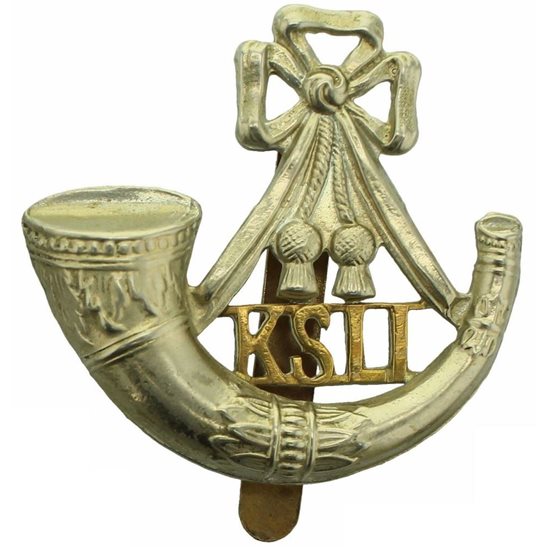Personal Details
Born: 21 May 1897 in Willington, Flintshire, Wales and baptised 20 June the same year in Hanmer Parish Church.
Family: He was the fifth of seven children born to John Griffiths, a domestic coachman, and his wife Emma Oulton. No marriage can be confirmed for Bernard.
Residence: In 1901 he lived in The Lane, Willington, Ellesmere, Shropshire; in 1911 he lived at Gelli Farm, near Malpas, Cheshire where he continued to live until at least 1939.
Employment: In 1939 he was a dairy farmer.
Died: In 1969 at St. Asaph, Denbighshire, Wales, aged 71.
Military Details
Regiment: King`s Shropshire Light Infantry (previously Shropshire Yeomanry)
Rank: Private
Service Number: 230159 (previously 1724)
Date of Enlistment: Not known
Date of Discharge: Not known
Reason for Discharge: Demobilisation
Other Information: Bernard was taken prisoner of war in October 1918 and released in December 1918.
Bernard was awarded the Campaign Medals (Victory and British War Medals)

The British War Medal (also known as 'Squeak') was a silver or bronze medal awarded to officers and men of the British and Imperial Forces who either entered a theatre of war or entered service overseas between 5th August 1914 and 11th November 1918 inclusive. This was later extended to services in Russia, Siberia and some other areas in 1919 and 1920. Approximately 6.5 million British War Medals were issued. Approximately 6.4 million of these were the silver versions of this medal. Around 110,000 of a bronze version were issued mainly to Chinese, Maltese and Indian Labour Corps. The front (obv or obverse) of the medal depicts the head of George V. The recipient's service number, rank, name and unit was impressed on the rim.
The Allied Victory Medal (also known as 'Wilfred') was issued by each of the allies. It was decided that each of the allies should each issue their own bronze victory medal with a similar design, similar equivalent wording and identical ribbon. The British medal was designed by W. McMillan. The front depicts a winged classical figure representing victory. Approximately 5.7 million victory medals were issued. Interestingly, eligibility for this medal was more restrictive and not everyone who received the British War Medal ('Squeak') also received the Victory Medal ('Wilfred'). However, in general, all recipients of 'Wilfred' also received 'Squeak' and all recipients of The 1914 Star or The 1914/1915 Star (also known as 'Pip') also received both 'Squeak' and 'Wilfred'. The recipient's service number, rank, name and unit was impressed on the rim.

